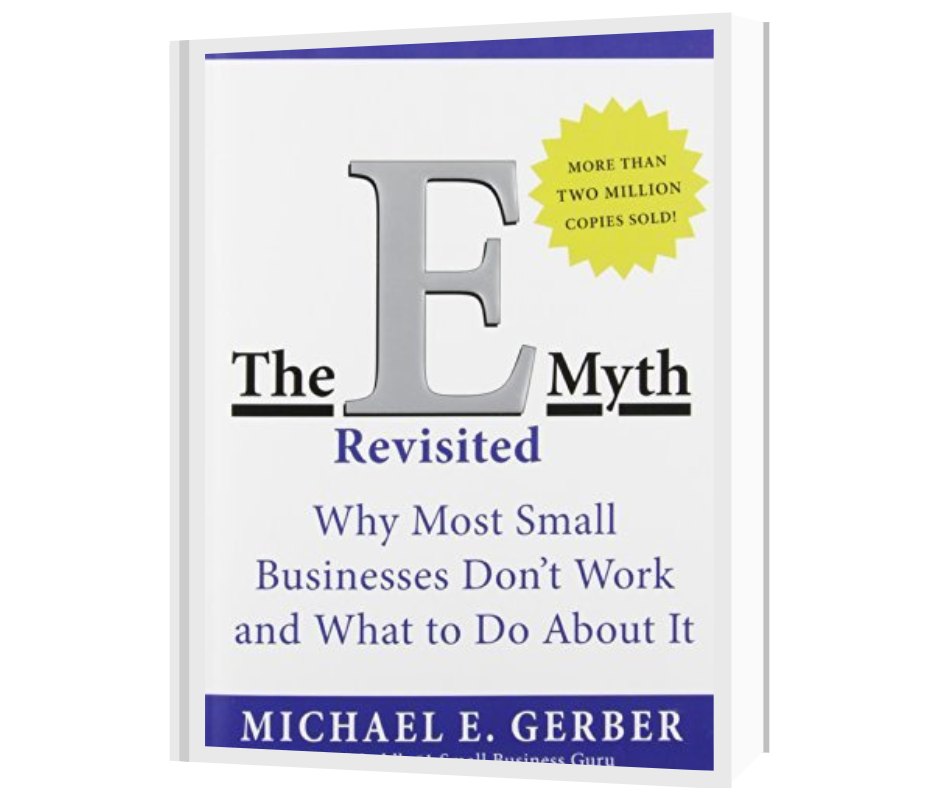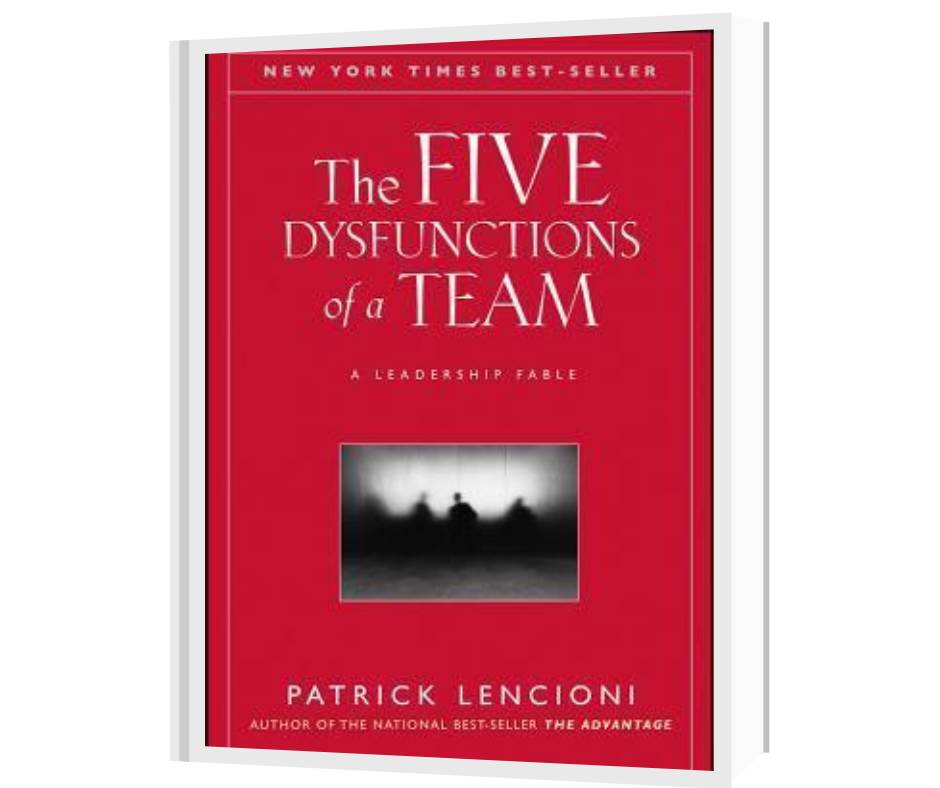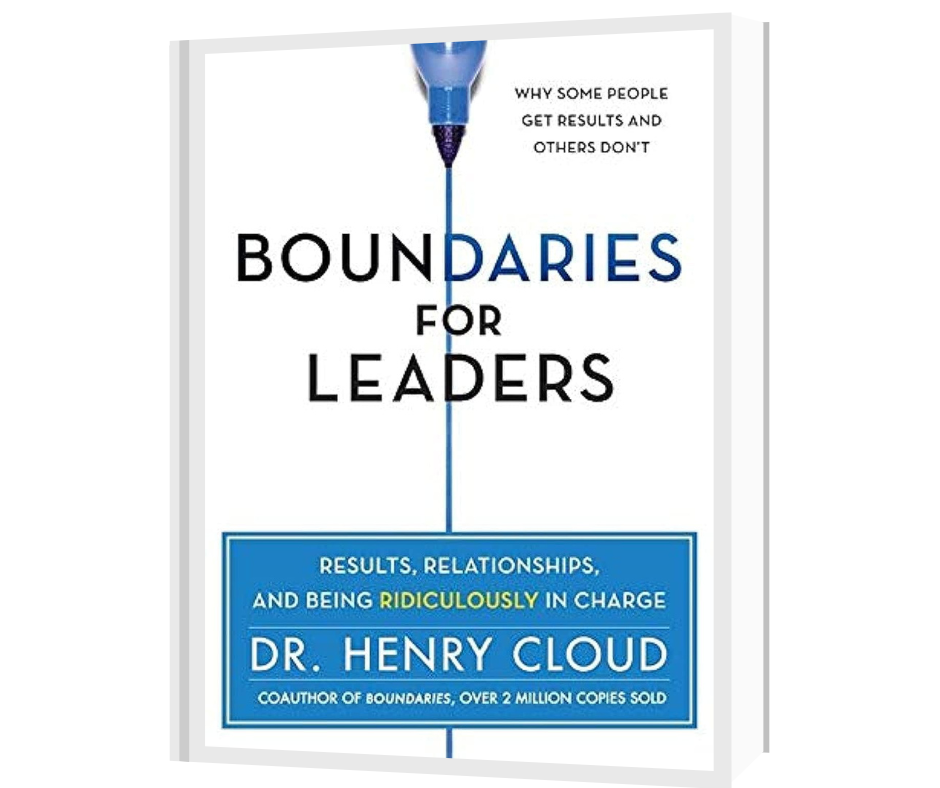Business and Leadership
Four Significant Books in my Leadership Journey

One of the incredible benefits of our modern world is the relatively inexpensive access we have to information. There’s free content available on podcasts, YouTube and blogs. For a small investment, you can access the time and peer-tested insights of some of the greatest minds of many different subjects by purchasing and reading a book. While I have learned from many people through many different media, books are one of the staples of my life. A visit to my home or office would make that quite evident, as I am surrounded by books in both of these spaces.
I’ll offer a quick introduction to four significant books for my personal journey that came at very important transitional points for my life and leadership. Maybe one or more of these will be helpful for you.
The E-Myth, by Michael E. Gerber

I was in my early twenties when I started my own business as a side gig while still being fully employed in our family business. Sorting through all aspects of business and overseeing its day-to-day operations with the help of one employee was a growing experience for me. But the first real test came a number of years later, when the family business opened a second location. This put our systems and processes (more accurately, our lack of them) to the test.
I attended a Chamber of Commerce breakfast seminar and met a man who would become a friend. As we discussed business challenges, he suggested I read Michael E. Gerber’s book, The E-Myth. It was truly eye-opening.
Using the story of a pie shop, Gerber describes the journey of many entrepreneurs who seek independence and freedom by starting a business in which they have already mastered the basic skills of the trade. Due to their lack of business experience, they soon find themselves trapped in their own business and having even less of the life they envisioned when starting it. They are caught in the day-to-day tasks, the technical work of the products or services they offer, and they find themselves unable to actually build a company.
The answer to this problem is to create systems and processes that can be replicated by others. Entrepreneurs must learn to delegate while maintaining quality and ultimately grow their businesses without being overwhelmed by the basic day-to-day operations. Gerber’s book provided a basic business model and gave me a more realistic vision of what a business actually is: it is not merely a job, but a complex organization. The organization is not reliant on one person’s skills and expertise but has standardized methods of operating in order to duplicate and scale processes.
The Five Dysfunctions of a Team, by Patrick Lencioni
When I acquired the family business a few years later and began building out a leadership team that could grow the company, one of my first challenges was the selection, development, and growth of a strong, healthy leadership team. A business coach I was working with at the time introduced me to the work of Patrick Lencioni and specifically his book The Five Dysfunctions of a Team. This was to become part of my core business curriculum. Every team I led over the years has had this as required reading – from the boards of non-profit institutions to church leadership teams and business executives. In my work as a business coach and EOS Implementer, it is still required reading.

The book is an easy, fun read. But the message is powerful and subtly slips through the personal defenses you may have in place. Lencioni describes dysfunctional teams as having some measure of five weaknesses that make them unhealthy and dysfunctional. At the very top of the list is an obvious lack of results. The teams are simply ineffective at getting company-wide results. Individual or departmental priorities win out over the team’s collective goals. This is only the symptom of what are deeper ills: a lack of accountability and a lack of commitment to team decisions and plans.
Looking deeper into such teams, observers find that fear of conflict results in teams who are unable to engage in productive debate around the most critical issues. The fundamental weakness at the root of these symptoms is the absence of trust. Until a basic platform of trust is built, teams simply will not be successful and effective. Lencioni describes some basic practices that can begin to build trust in teams where it is low. This journey requires transparency and vulnerability. People who are unable or unwilling to go there will not be able to be a part of a healthy, high-performing team (and as such, they must be replaced).
Boundaries for Leaders, by Dr. Henry B. Cloud

After spending significant years in leadership roles, I increasingly experienced a sense of being overwhelmed. I realized that when I was overwhelmed, my decision-making abilities were clouded, and I often delayed decisions or found myself hesitant to make a decisive call. I don’t know where or in what circumstances I found Dr. Henry B. Cloud’s Boundaries for Leaders, but it was a very impactful read. Unfortunately, I was unable to implement these boundaries quickly and effectively enough to avoid my painful season of burnout; however, at least I understood some of the components required to build back a more healthy life.
I noted several key takeaways. First was the importance of a clearly defined and communicated purpose and direction for yourself and your team. Without these shared expectations, a lot of energy is consumed due to a lack of team alignment and the resulting lack of focus on the most important things. Secondly was the importance of team members being personally responsible for their individual work and actions – a culture where people are not “passing the buck” or making excuses but take responsibility for their roles. A third – and probably the most relevant for me – was setting and maintaining clear boundaries with team members, colleagues and constituents. This requires creating shared expectations about your availability, communication methods and times, and a process by which to address in respectful ways any issues that could be a source of conflict. The fourth was the need for leaders to be skilled at leading themselves and prioritizing their own well-being. Leaders who are not healthy cannot grow and develop healthy teams and organizations. Only leaders who lead themselves well, who are themselves healthy, are equipped to lead and support their teams effectively.
Rocket Fuel, by Gino Wickman
As I was increasingly stretched thin in multiple leadership roles, my personal strengths and weaknesses became more and more apparent. I could inspire and fuel the passion of a team. I could envision and articulate our intended future in ways that others wanted to be a part of the journey, but I struggled to implement the systems and processes that would move us consistently toward that intended future. When I discovered and read the book Rocket Fuel, by Gino Wickman, I discovered my need for what Wickman calls an integrator.

According to Wickman’s description, I was a classic visionary, filled with ideas, innovations and a long-term vision for the organization; however, I struggled to maintain focus and implement that vision in a consistent way. Integrators serve as a healthy and essential counterpart to a visionary. They excel at carrying out plans, managing day-to-day operations, and bringing clear structure to the organization. As you may realize by now, the title of the book describes what happens when a visionary and integrator create synergy for an organization – it’s like rocket fuel. They form a powerful duo that can propel any organization to new heights.
In many ways, these books provide a bit of a biographical sketch of my leadership journey. Maybe you find yourself at one of these pivotal moments – just hop onto Amazon or Audible and get that book coming. Read it, absorb it, and then go to work implementing what you and your business need right now. Success to you and yours!
This article originally appeared in The Shed Magazine and is online here.
Boundaries for Leaders , caught my attention , I need to learn how to prioritize my health and wellbeing along with that of my family
Boundaries for leaders
Keep up the good work Steve, Your information is always inspiring to me. Boundaries for Leaders is new to me and i would love to read it.